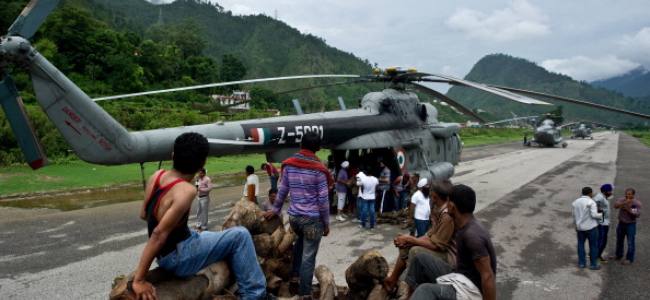
Turning the Humanitarian System on its Head
The global humanitarian system is overstretched; inadequately investing in risk reduction and prevention, and providing assistance that is often insufficient, inappropriate and late.
Saving lives and livelihoods by strengthening local capacity and shifting leadership to local actors.
The global humanitarian system is overstretched; inadequately investing in risk reduction and prevention, and providing assistance that is often insufficient, inappropriate and late. Humanitarian action led by governments in crisis-affected countries, assisted and held accountable by civil society, is usually faster and more appropriate, saving more lives and alleviating the suffering of many more men, women and children. Yet, during 2007–2013, less than 2 percent of annual humanitarian assistance went directly to local actors.
In this research report, Oxfam puts the humanitarian system under the lens and finds that it must change to remain effective; with locally led humanitarian action whenever possible; adequate funding to state and non-state actors in affected countries; and stronger partnerships between international and local actors, focusing on strengthening local capacity.
Source:


